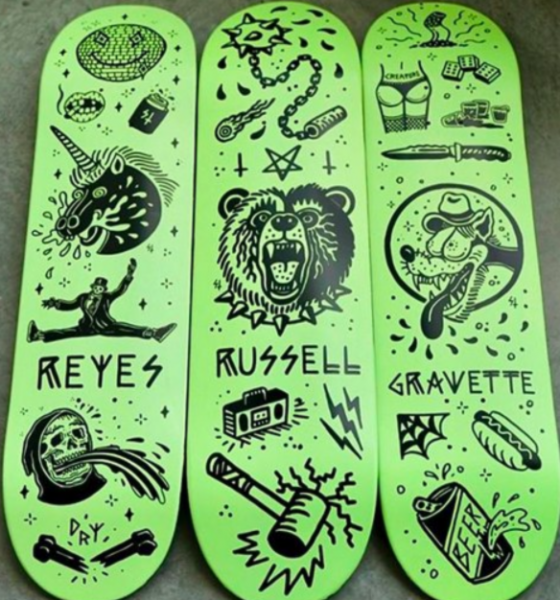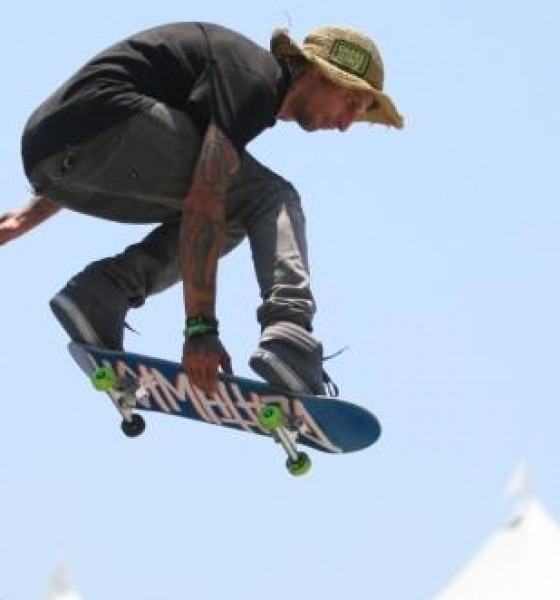Longboarding, much like traditional skateboarding, can trace its roots to surfing. Surfers made and rode skateboards when the surf was small or blown out. Carving up and down the pavement or “surfing on pavement” gave surfers the same stoke they felt in the ocean and today that stoke is the driving force of all board sports. And stoke is what it’s all about.
In the early days, longboarding was very much on the fringe of regular skateboarding. In the 1970s few manufacturers built skateboards over 36.” If you wanted a longboard, you had to make it yourself or come up with clever alternatives. Some guys converted old waterskis to skateboards. Even then, most guys in downhill and slalom competitions used shorter boards. It was the introduction of the urethane wheel that really started to open things up. The wheels had grip and moved more easily over cracks and rocks. Any old skater can tell you horror stories of riding boards with metal or clay wheels.
It was the 1990s when longboarding started to come into it’s own. Boards and trucks were wider and wheels were being designed specifically for speed and turning. Also, with the advent of the reverse kingpin truck, longboards had even more control. Other improvements included wheel cutaways and drop-throughs to lower the center of gravity and give even greater control.
Pioneering longboard companies like Sector 9 and Gravity Skateboards introduced the longboard to the masses. The easier-to-ride boards were perfect for cruising to the store or checking the surf. No longer was longboarding relegated to the hellman bombing a hill at 50mph.
But those hellman had a place in the sport as well. The X-games and downhill stars like Biker Sherlock showed the mind-blowing possibilities of longboarding. Today, the International Gravity Sports Association is the governing body of downhill, slalom and downhill freestyle competitions held around the world. With the popularity of the sport on the increase, “pop up” or “outlaw races” are now routine in local communities.
Today, longboarding has multiple disciplines and tribes. Whether downhill speed racing, slalom, dance, long-distance pushing, commuting or technical hard-wheel sliding, there is something for everyone. And let’s not forget the handful of renegades who brave the large bowls, ramps and pools usually associated with their more traditional cousin.
It’s time to get on board.







